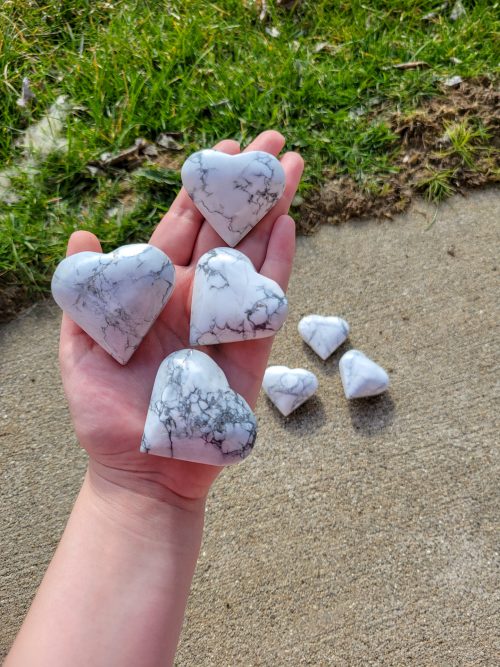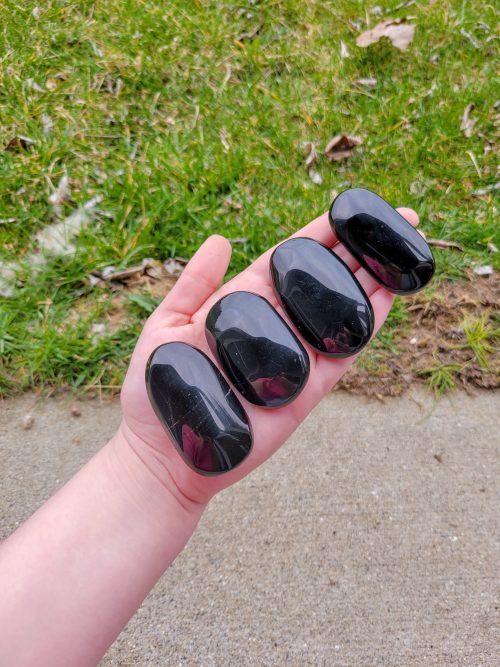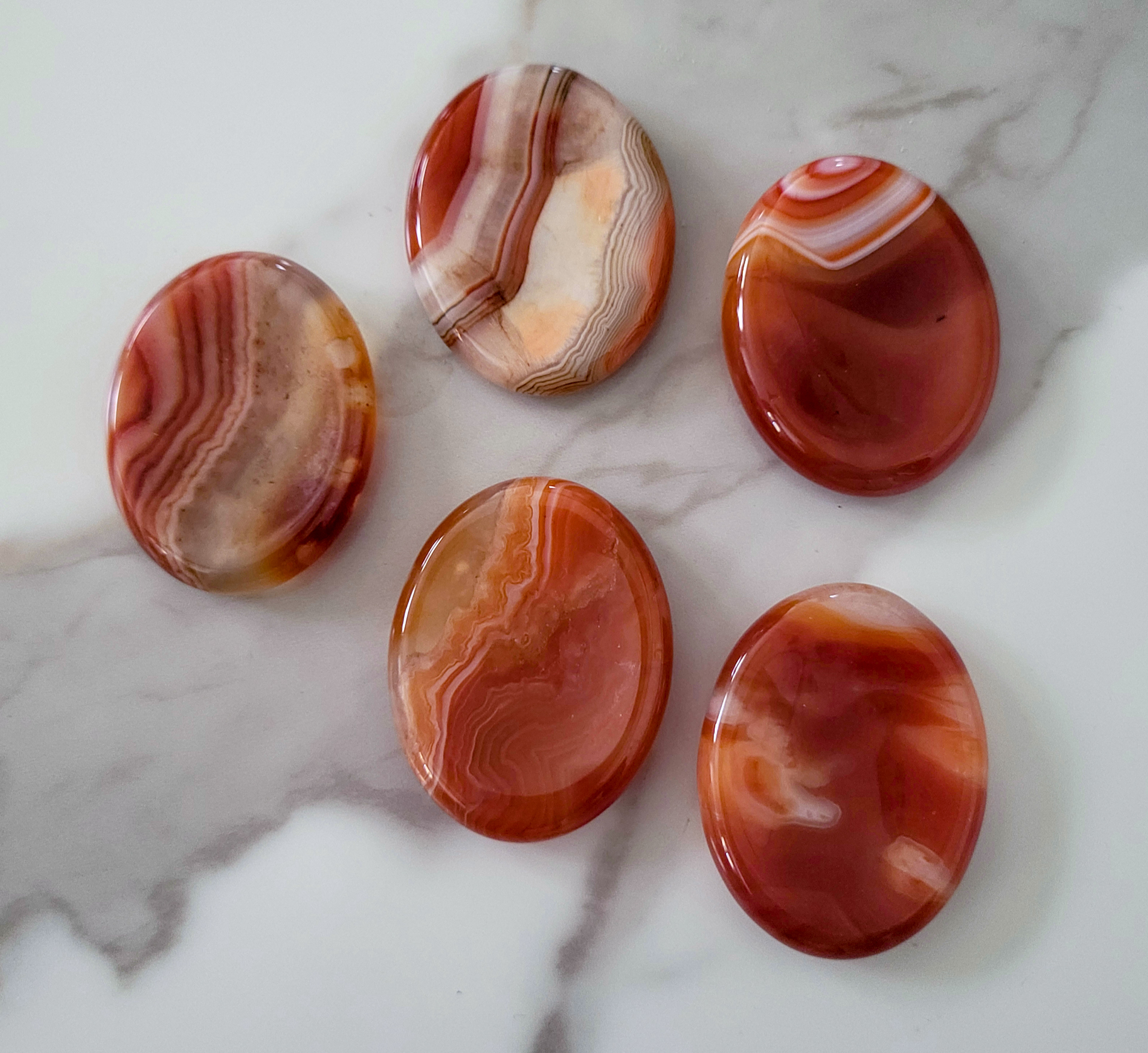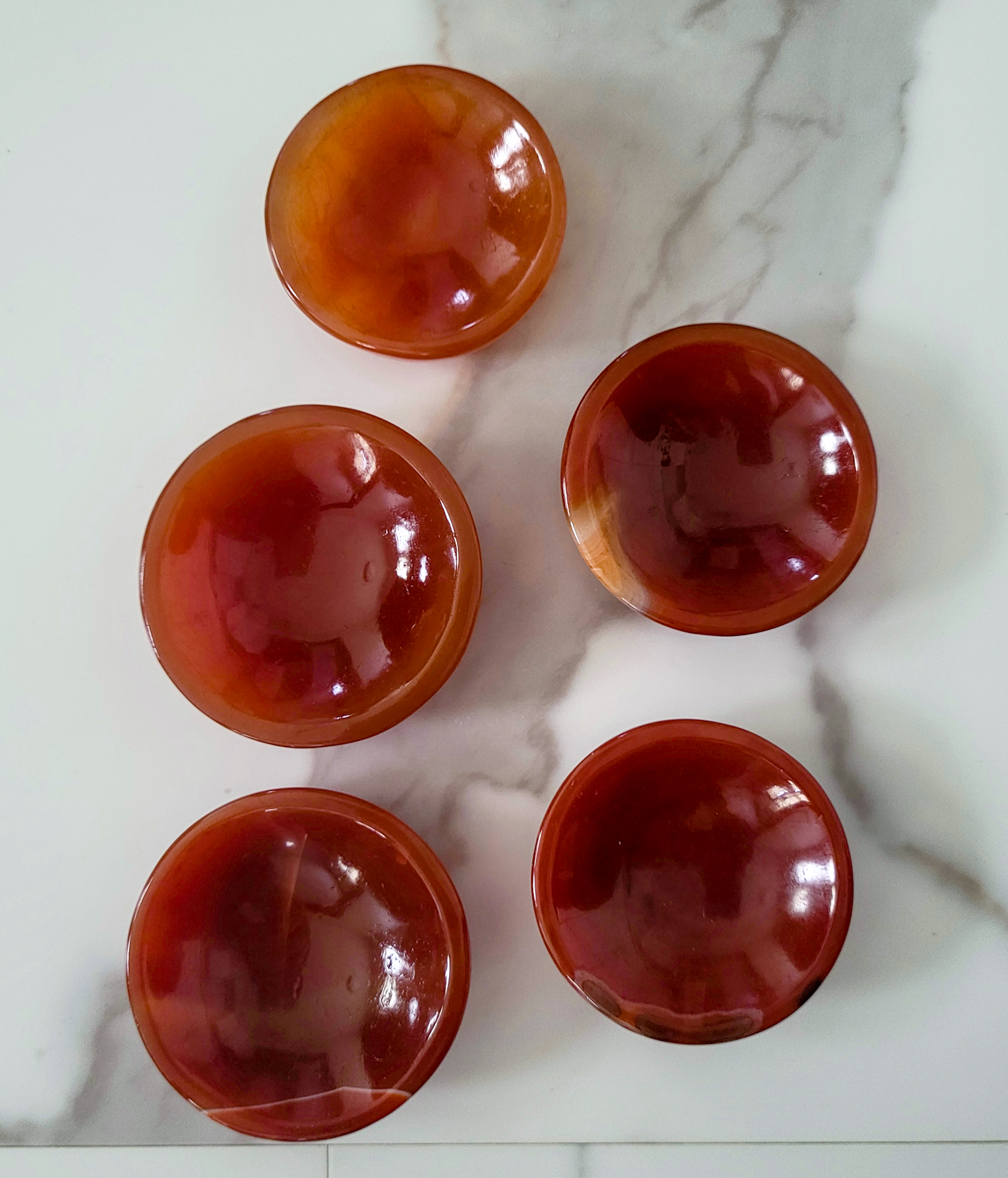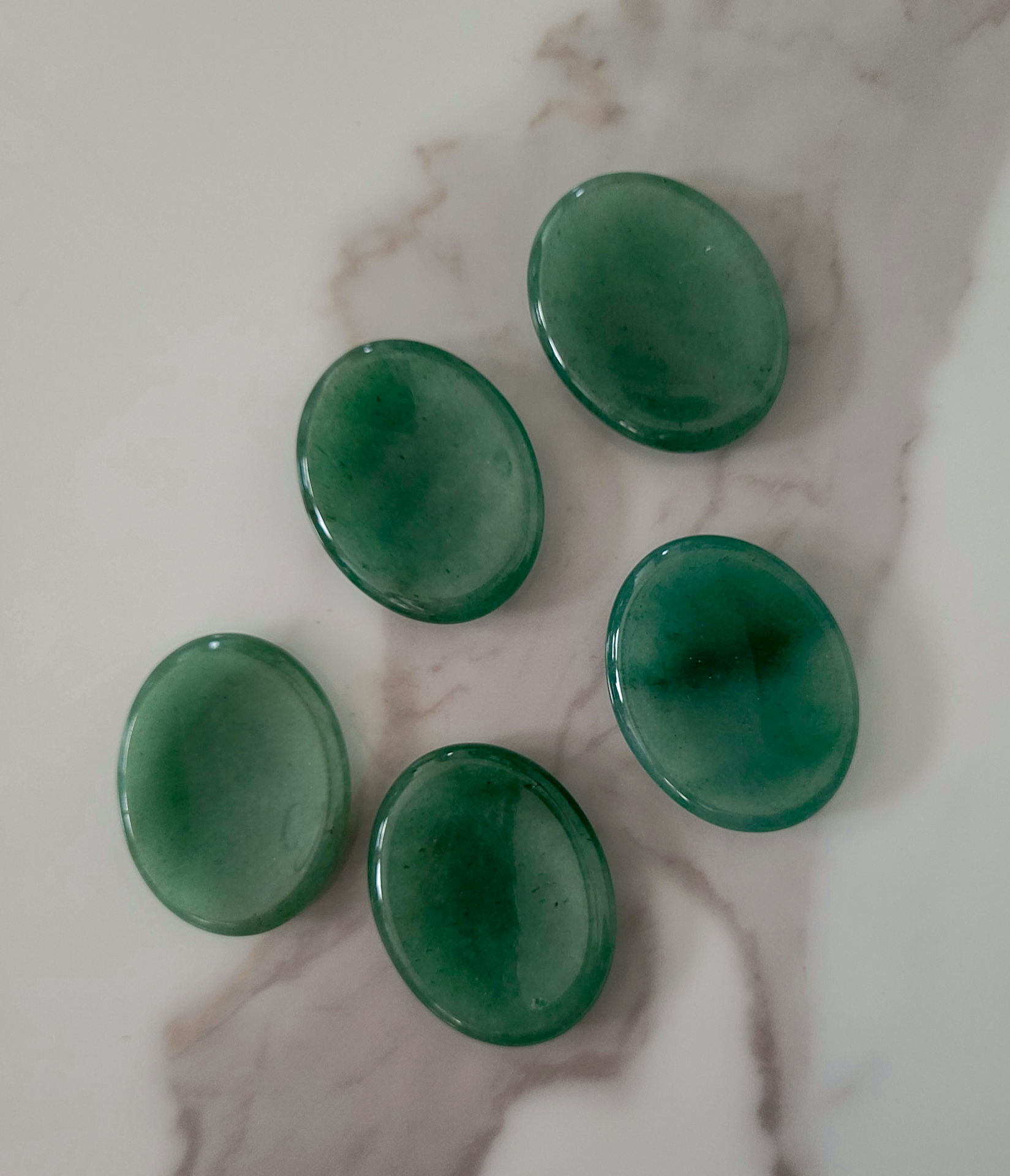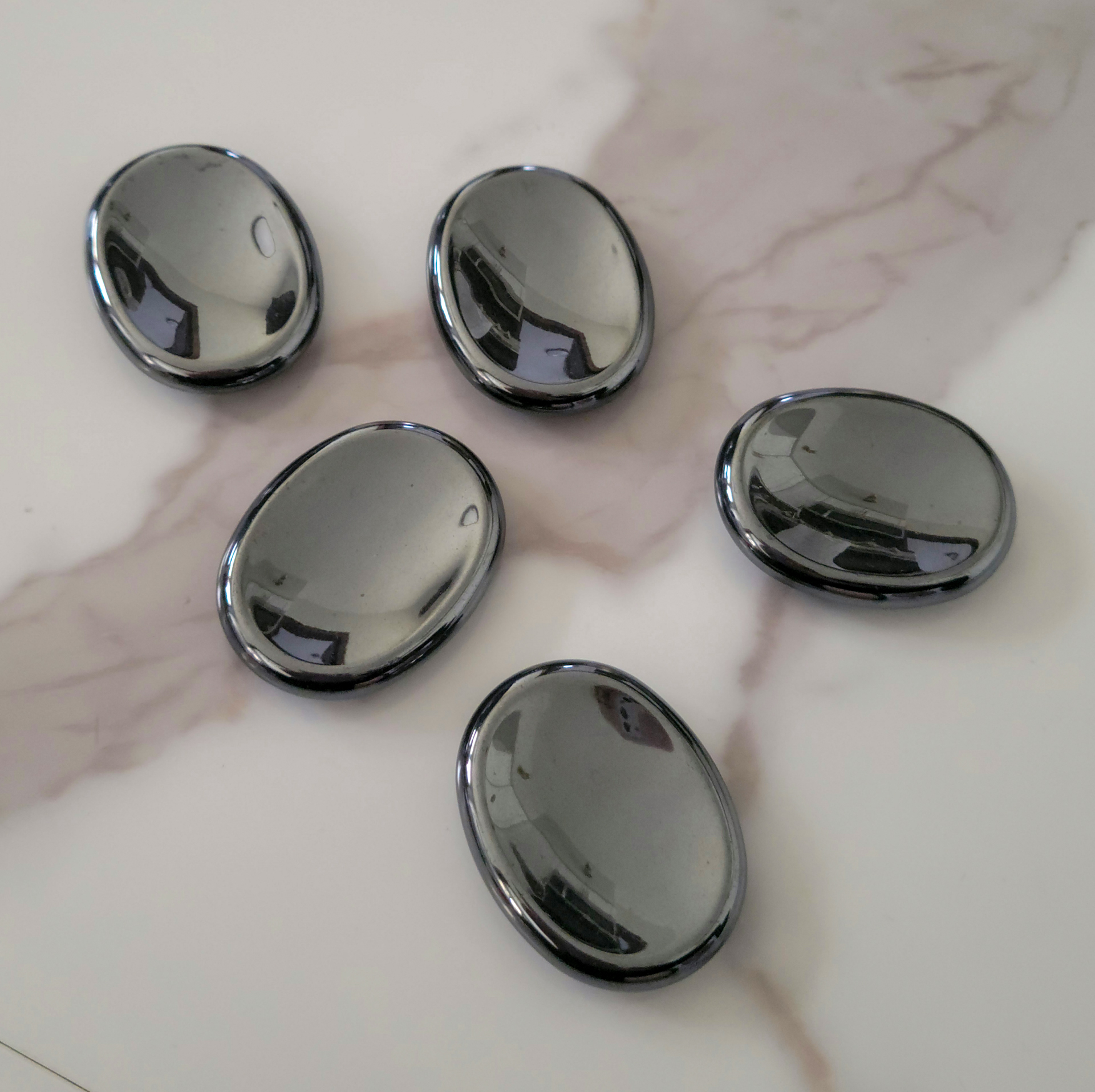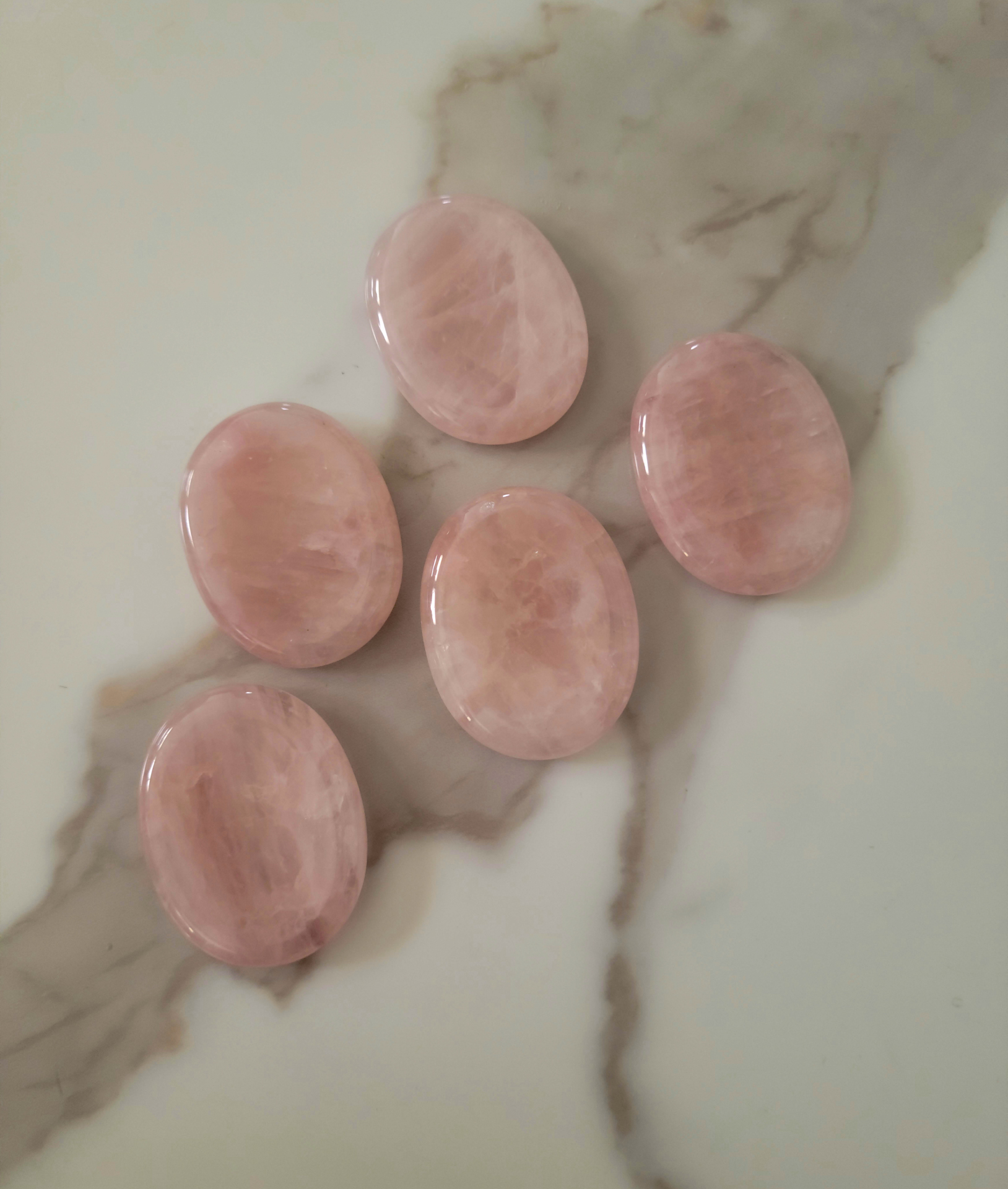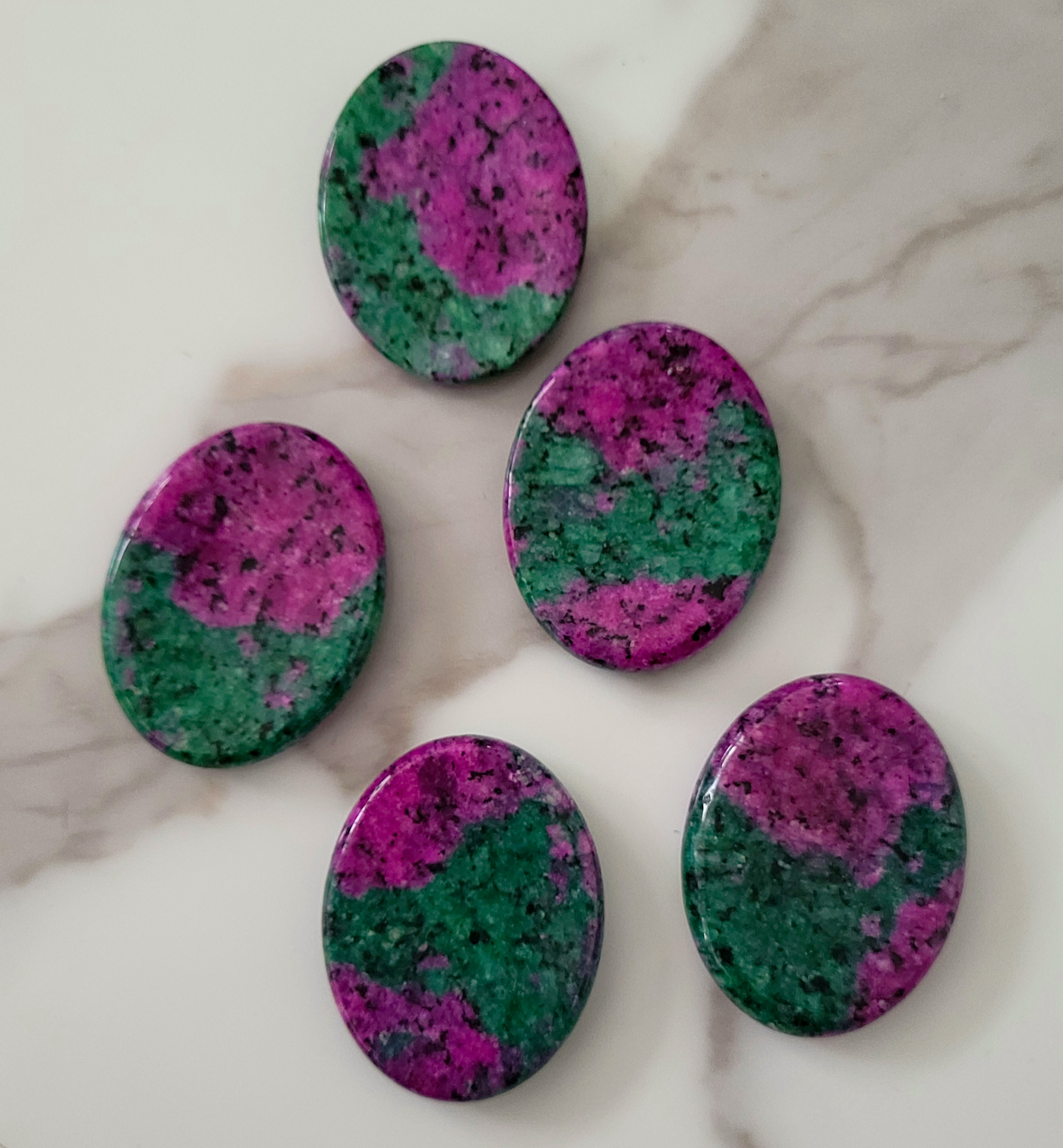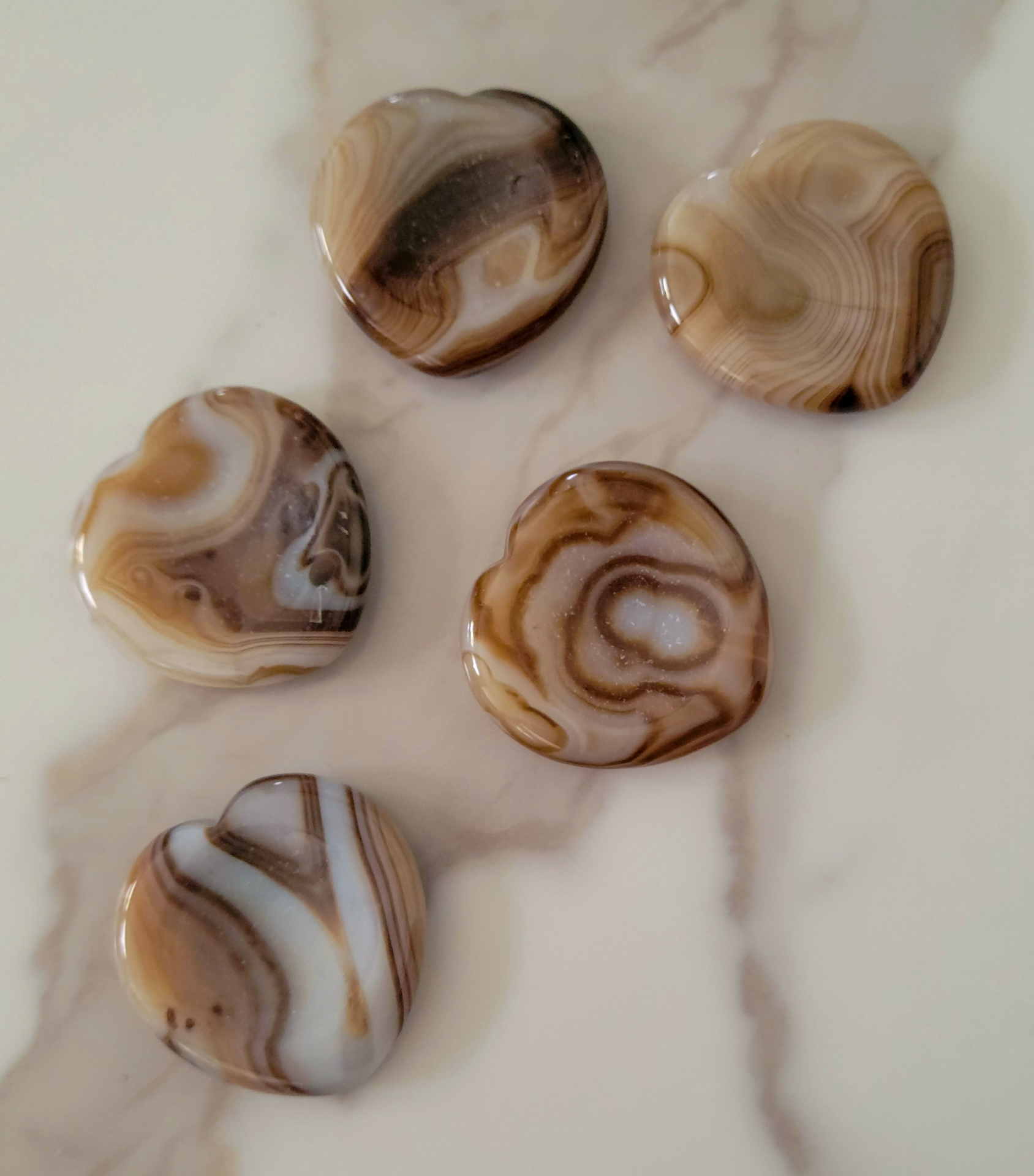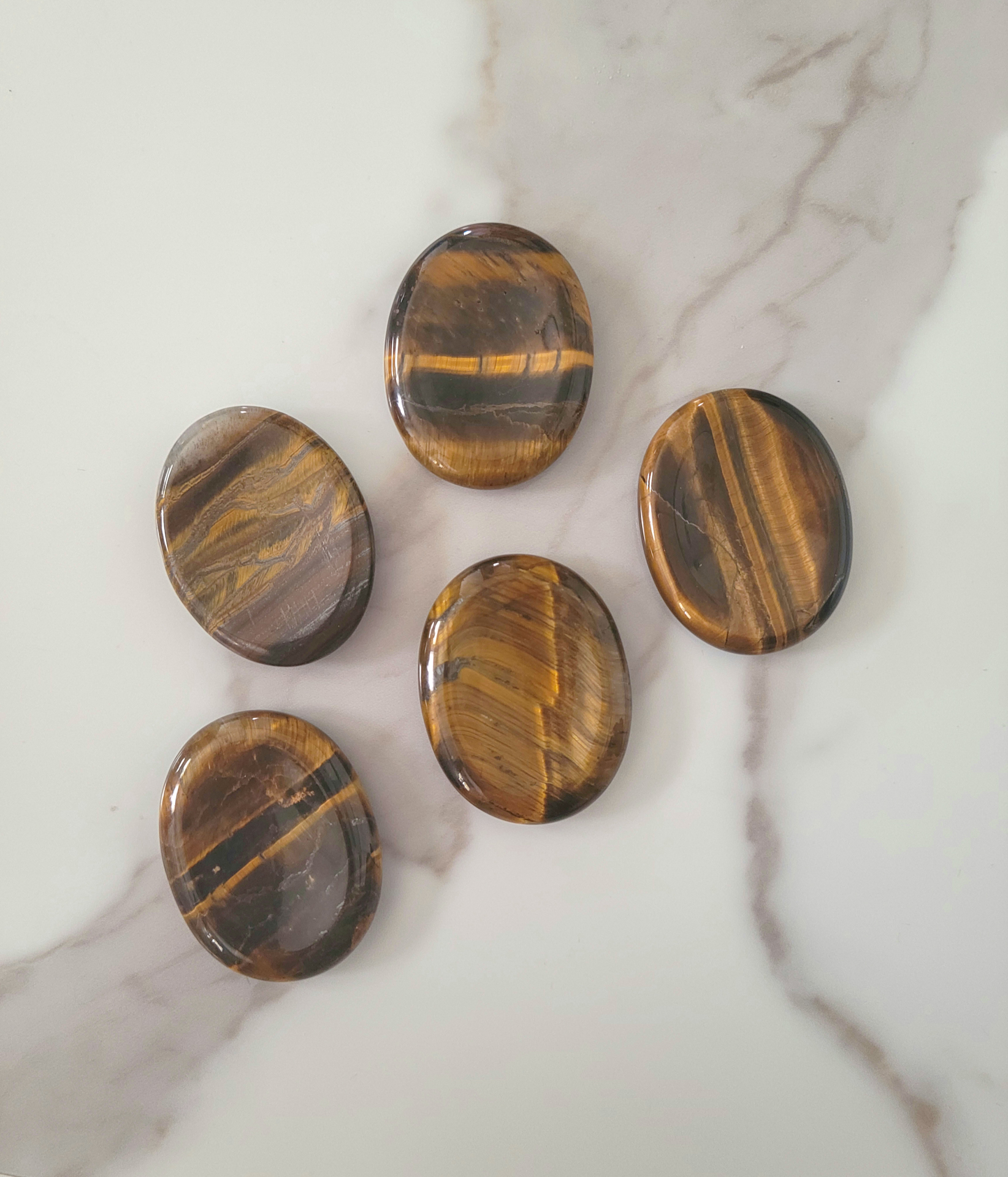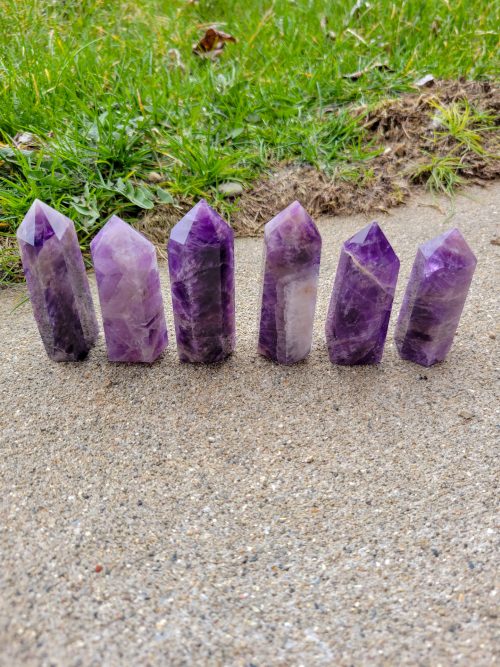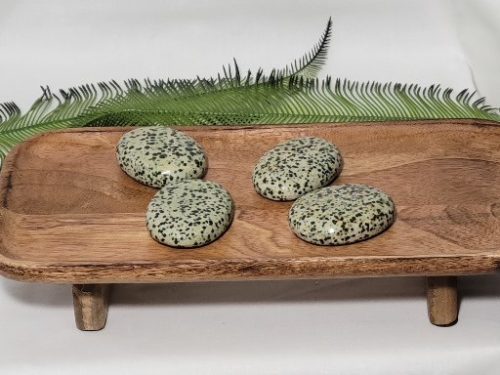-
4.5cm Wide Howlite was originally discovered in Canada by a geologist named Henry How which is where its name comes from. Howlite is formed in evaporate deposits with other borate and evaporate minerals. The outside of the mineral is not pleasant to the eye and is said to look like a head of cauliflower. However, when that is taken off, this beautiful mineral is found inside! This mineral is mainly found in Canada and the USA. ***Due to natural variations in stones, the appearance will vary***
-
5.5cm Wide Obsidian, igneous rocks occurring as a natural glass formed by the rapid cooling of viscous lava from volcanoes. Obsidian is about 65 to 80 percent silica and less than 1 percent water. This glass-like mineral is harder than window glass! Black obsidian is typically black but can have red inclusions due to iron and hematite. Gas bubbles can also get trapped inside this mineral and create either a gold or silver sheen beneath the surface. Obsidian is mainly found near the west coast of the United States including Hawaii and Alaska. ***Due to natural variations in stones, appearance will vary***
-
4 x 1 x 5cm Carnelian is a part of the Chalcedony family. It is formed when two silica minerals with different crystal structures grow together such as quartz and moganite. The firey orange and red colors come from iron oxides in the mineral. Carnelian can be found in Brazil, India, and Uruguay. ***Due to natural variations in stones, the appearance will vary***
-
5 x 2 x 6cm Carnelian is a part of the Chalcedony family. It is formed when two silica minerals with different crystal structures grow together such as quartz and moganite. The firey orange and red colors come from iron oxides in the mineral. Carnelian can be found in Brazil, India, and Uruguay. ***Due to natural variations in stones, the appearance will vary***
-
4 x 1 x 5cm Aventurine is a part of the quartz family. This mineral ranges many colors; pink being the most rare of all the colors. This mineral is composed of quartz with many micro inclusions (such as mica) to create its beautiful appearance. The pink tone in it comes from the hematite in the mineral. This mineral is most commonly found in India but can also be found in Brazil, Austria, Canada, and Tanzania. ***Due to natural variations in stones, the appearance will vary***
-
4 x 1 x 5cm Hematite is a heavy and relatively hard oxide mineral. It is made of ferric oxide. It constitutes the most important iron ore because of its high iron content (approximately 70 percent) and its abundance. Its name comes from its Greek meaning, "blood". Hematite is unusual in that its macrocrystalline forms are incongruent, while its particulate forms are congruent. When it is formed congruently, it has a red color to it and when formed incongruently, it is a silvery-black color. ***Due to natural variations in stones, the appearance will vary***
-
4 x 1 x 5cm Rose Quartz is an anhedral crystal. It is found in the cores of pegmatites and gets its color from microscopic inclusions of a pink variety of the mineral dumortierite . Rose Quartz is naturally a pink hue but can have more hues of grey/purple or red. This mineral Earth's can be found in many places including South Africa, Madagascar, and Brazil. ***Due to natural variations in stones, the appearance will vary***
-
4 x 1 x 5cm Zoisite is a mineral that forms during the metamorphism and hydrothermal alteration of igneous, metamorphic, and sedimentary rocks. Anyolite is a very colorful rock composed mainly of zoisite. It is also known as "ruby in zoisite" because it is composed of green zoisite with bright red ruby. Rubies are corundum gems that are predominately red. The color can range from orangish red to purplish red. The most desirable color range is a pure vibrant red to a slightly purplish red. Ruby in Zoisite was discovered and is still only found in Tanzania ***Due to natural variations in stones, appearance will vary***
-
4 x 1 x 4cm Sardonyx combines alternating layers of sard and onyx to create a reddish zebra-striped gemstone with white bands. Onyx is a banded variety of the oxide mineral chalcedony. Onyx and Agate are similar in that they are both varieties of layered chalcedony. The difference between the two is that agate has curved banding and onyx has parallel banding. The colors of the banding range from virtually every color possibility.Onyx is mainly found in Brazil, India, Madagascar, Mexico, Peru, and USA. ***Due to natural variations in stones, appearance will vary***
-
4 x 1 x 5cm Tiger's eye is a semiprecious stone that is formed when parallel veins of crocidolite fibers are first altered to iron oxides and then replaced by silica. As a result it is more opaque, and creates a rich yellow to brown color. Tiger Eye can be found in Australia, Burma, United States, Brazil, China, and many other countries. ***Due to natural variations in stones, the appearance will vary***
-
7cm - 8cm Tall Dream amethyst (also known as Chevron Amethyst) is a natural mineral formed when amethyst and white quartz fuse together while cooling down off after a volcanic eruption. The amethyst that fuses to the white quartz creates the chevron-like shapes in the crystals. The main areas Dream Amethyst can be found is Brazil, Namibia, and Morocco. ***Due to natural variations in stones, the appearance will vary***
-
6cm - 7cm Dalmatian Jasper is made up of feldspars, quartz, alkali amphiboles, and small amounts of hematite and epidote. It gets its name from the neutral color body with the black spots (arfvedsonite). This stone is used in many homes all over the world as a decor item and some countries use this a lot in their jewelry. Dalmatian Jasper is found in Chihuahua, Mexico. ***Due to natural variations in stones, the appearance will vary***

